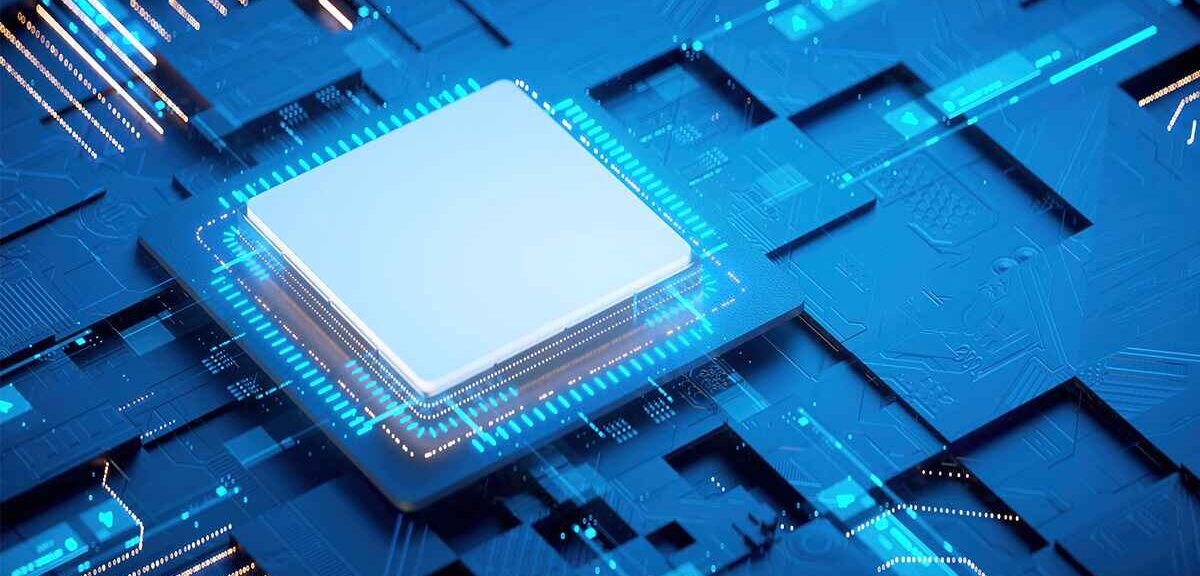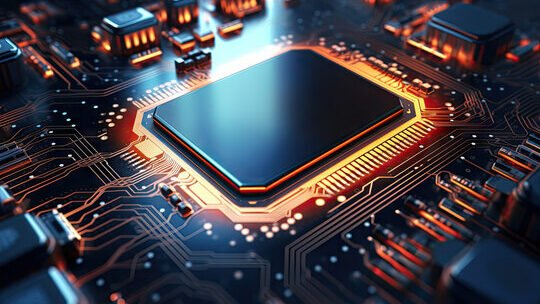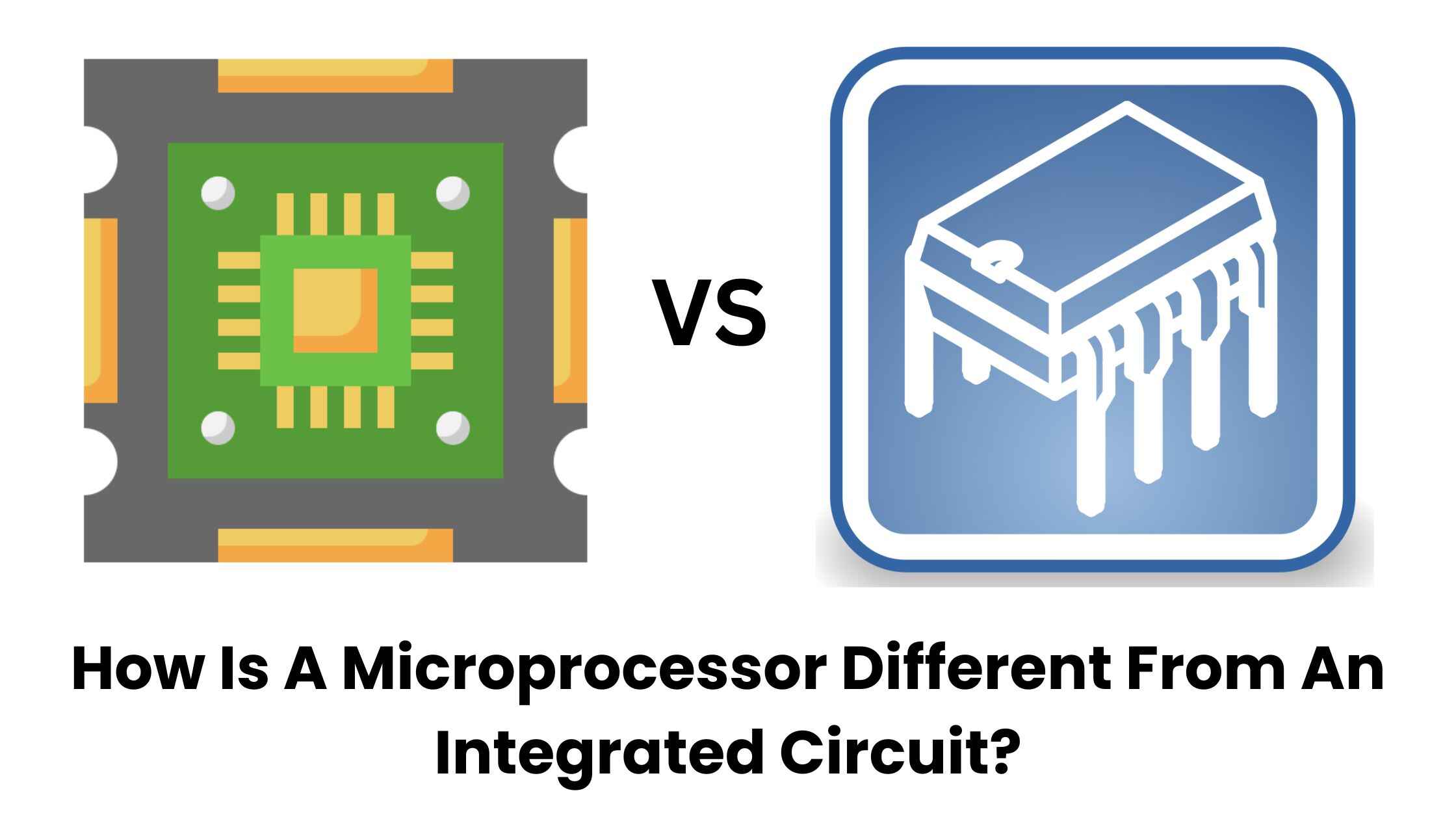Ever wonder what makes your gadgets tick? Two tiny heroes, integrated circuits and microprocessors, work behind the scenes. Let’s explore how is a microprocessor different from an integrated circuit and why it matters.
A microprocessor is like a mini-brain, while an integrated circuit is more of a helper. Microprocessors can think and make decisions, but integrated circuits usually do simpler jobs. They team up to make our devices smart and useful. This is how a microprocessor is different from an integrated circuit.
In this blog, we’ll break down these tech wonders in simple terms. By the end, you’ll be a pro at spotting the differences between microprocessors and integrated circuits. Let’s get started!
Table of Contents
- What is an Integrated Circuit (IC)?
- What is a Microprocessor?
- Key Differences Between Integrated Circuits and Microprocessors
- How Microprocessors and Integrated Circuits Work Together
- Real-Life Example of Microprocessors and Integrated Circuits
- Conclusion
What is an Integrated Circuit (IC)?

An integrated circuit, or IC for short, is like a tiny electronic village on a single chip. It’s a small, flat piece of silicon packed with lots of little electronic parts working together.
These parts include things like transistors, resistors, and capacitors. ICs are the workhorses of electronics, doing specific jobs to help our devices function.
They’re great at tasks like amplifying sounds in your headphones, controlling the temperature in your fridge, or keeping time on your watch.
You can find ICs in almost everything electronic – from your TV remote and smartphone to your car and microwave oven. They’re the reason our gadgets can be so small, cheap, and reliable.
Think of ICs as the busy bees of the electronics world, always buzzing away to keep things running smoothly.
What is a Microprocessor?

A microprocessor is like the brain of a computer or smart device. It’s a special type of integrated circuit that can think, make decisions, and control other parts.
Imagine a tiny chef in your device, following a recipe (the program), mixing ingredients (data), and cooking up results. That’s what a microprocessor does!
Its main job is to read instructions, crunch numbers, and tell other parts what to do. Microprocessors can handle tons of tasks super fast, making our devices smart and useful.
You’ll find them in computers, of course, but also in smartphones, game consoles, and even smart home gadgets.
They’re the reason your phone can run apps, your laptop can browse the web, and your gaming console can create amazing virtual worlds.
Microprocessors are the secret sauce that turns plain old electronics into the clever, helpful devices we use every day.
Key Differences Between Integrated Circuits and Microprocessors
Let’s break down the main ways integrated circuits (ICs) and microprocessors differ:
Complexity
- ICs: Usually simpler, with fewer components
- Microprocessors: More complex, with millions of tiny parts
Job Description
- ICs: Do specific tasks, like amplifying sound or controlling power
- Microprocessors: Handle many different tasks and make decisions
Brainpower
- ICs: Follow fixed instructions
- Microprocessors: Can be programmed to do different things
Teamwork
- ICs: Often work alone or in small groups
- Microprocessors: Work with many other parts to run a whole device
Size and Components
ICs come in different sizes, but they’re usually smaller than microprocessors. A microprocessor needs more space because it has more parts inside, like memory and processing units.
Flexibility
Think of an IC as a helpful robot that’s great at one job. A microprocessor is more like a super-smart assistant that can learn new skills and tackle various tasks.
Cost
- ICs: Generally cheaper because they’re simpler
- Microprocessors: Often more expensive due to their complexity
In Everyday Life
You might find several ICs in a device, each doing its own job. But you’ll usually find only one microprocessor, acting as the brain of the whole operation.
Remember, while they have differences, microprocessors are actually a special type of IC. They’re like the overachievers in the IC family, taking on more responsibilities and making our devices smarter.
How Microprocessors and Integrated Circuits Work Together
Imagine a busy kitchen in a restaurant. The microprocessor is like the head chef, while the integrated circuits are the skilled cooks and kitchen tools. Here’s how they team up to make your electronic devices work smoothly:
The Microprocessor’s Role
- Acts as the brain of the operation
- Gives instructions to other parts
- Processes information and makes decisions
The Integrated Circuits’ Jobs
- Carry out specific tasks as told by the microprocessor
- Handle things like sound, display, power management, and more
- Work quietly in the background to keep everything running
Teamwork in Action
- The microprocessor receives input (like when you tap your phone screen)
- It figures out what needs to be done
- It then tells the right ICs what to do (like display an image or play a sound)
- The ICs do their specific jobs quickly and efficiently
Real-Life Example of Microprocessors and Integrated Circuits
Here are some real-life examples of microprocessors and integrated circuits:
In your smartphone
- The microprocessor decides what app to open when you tap an icon
- An IC helps manage the touch screen to detect your tap
- Another IC controls the display to show the app
- Yet another IC might handle the sound if the app makes noise
Working as a Team
- Microprocessors and ICs are designed to work together seamlessly
- They communicate through tiny electronic pathways on the circuit board
- This teamwork allows our devices to do complex tasks quickly and efficiently
By working together, microprocessors and integrated circuits make our electronic devices powerful, versatile, and user-friendly. It’s this partnership that brings our gadgets to life!
Conclusion
In conclusion, understanding how is a microprocessor different from an integrated circuit helps us appreciate the magic inside our gadgets. While both are tiny electronic marvels, microprocessors act as the brains, making decisions and running the show.
Integrated circuits, on the other hand, are helpful assistants, each with a specific job to do. Together, they form a powerful team that brings our devices to life. From smartphones to smart homes, these little wonders work behind the scenes, making our tech-filled world possible.
Next time you use your favorite device, remember the microprocessor and its integrated circuit friends working hard to make it all happen!

